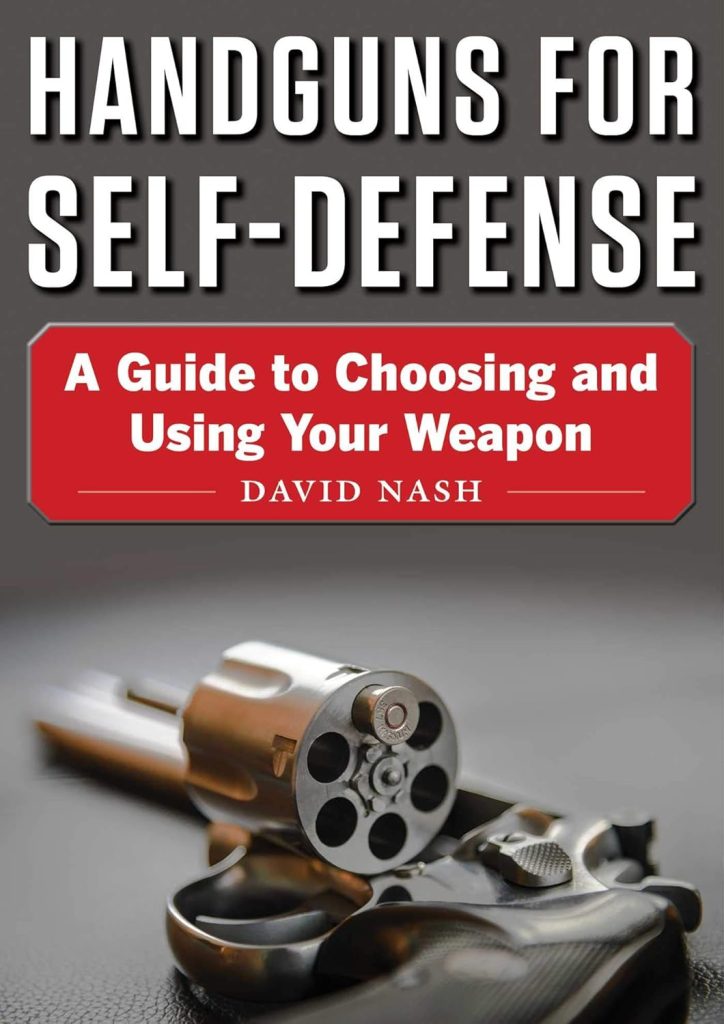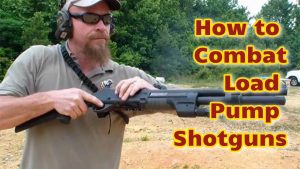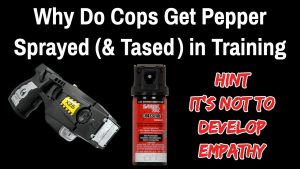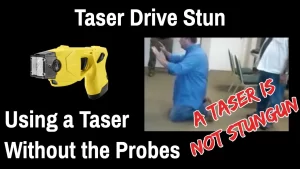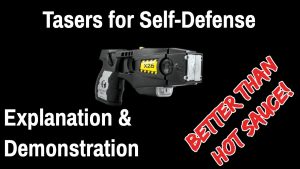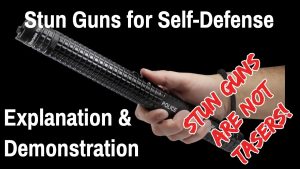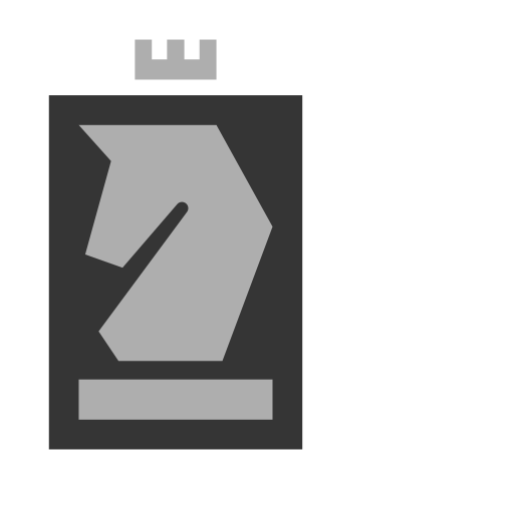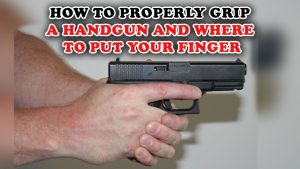
Buying Your First Handgun
Buying your first handgun can be quite daunting. They aren’t cheap. New handguns range in price from $250.00 to $2,500.00. And to complicate the matter even further, there are many different manufactures and choices. I tell people in my carry permit course that there are as many different types of handguns as the manufacturers can talk people into buying. What is probably most confusing to someone new to this field is the fact that for every make and model of handgun, there are 3 gun magazine writers telling their readers that their particular brand or caliber or gizmo is the best, and 4 others saying that the gun in question will get the reader killed.
Buying your first handgun
Yesterday I was asked my opinion about Glocks. I said that what I thought didn’t matter; it wasn’t my money or my safety on the line. My preference does not matter in the decision to buy your gun. My wife likes Glocks; I feel the same about revolvers. Our preferences differ. As long as you know your gun, why you chose it, and it fits your needs, then it’s the best gun for you. Now, that being said, lets discuss the benefits and drawbacks of the two main types of handguns, semi-automatics and revolvers.
Revolvers
Revolvers are a type of pistol that has a rotating cylinder containing a number of firing chambers. They typically hold 5 or 6 rounds, each held in its own firing chamber. They are generally cheaper to purchase than a semi-automatic, with a new one from a major manufacturer such as Taurus or Rossi being in the neighborhood of $250.00. The major benefits of this type of handgun include:
- ¨Easier to learn to manipulate, because there is generally fewer functions than a typical semi-auto.
- ¨Easier for weaker handed persons to operate. This is due to the lack of a slide.
- ¨More reliable.
- ¨More choice of ammunition.
- ¨Not as training intensive as a semi-automatic pistol (more about this later).
I prefer revolvers for home defense, as a home protection weapon will be stored loaded for an extended period of time. This is because they have fewer moving parts, which in turns makes them less sensitive to a lack of cleaning and maintenance than semi-automatics. I also recommend them for someone who is not going to train as intensively as recommended because this type of handgun has fewer functions to remember. In order to manipulate a revolver, one only has to operate the trigger and the cylinder release, whereas a semi-automatic pistol generally has a trigger, a magazine release, a slide lock, and at least one safety lever.
Revolvers do have disadvantages, and it is because of these disadvantages that police departments around the county have changed from them to semi-automatics. These disadvantages should be understood if the reader wishes to make a decision; therefore I will list them:
- Slower to reload than the typical semi-automatic.
- Sometimes harder to conceal, due to width of cylinder.
- Normally not as many rounds (5-6rds compared to 8 or 10rds in a semi-automatic.)
Because a revolver contains separate chambers for each round, to fully load a revolver, the operator must put a round in each chamber (6 actions for 6 rounds). To fully load a semi-automatic the operator has to insert a single magazine into the pistol (one action for multiple rounds).
Semi-Automatic
Semi-Automatic pistols fire a single cartridge each time the trigger is pressed. It automatically extracts the spent casing and prepares to fire another round. A semi-automatic is sometimes called automatic, but the difference is a true automatic can fire multiple rounds per trigger press. This seemingly small difference can cause tens of thousands of dollars in fines and years of time in federal penitentiaries, so be sure to know the difference. A semi-automatic holds its rounds in a single device called a magazine (it is possible to offend some hard-line gun enthusiasts by calling a magazine a clip). This magazine is normally inserted into the grip of the handgun. These handguns are the most popular, and they are that way for many reasons. Some of the most recognized reasons are:
- Holds many rounds compared to a revolver. Normally a semi-auto magazine holds 8 to 10rds, but there are magazines capable of holding 15 to 30.
- Faster reloads.
- Due to popularity, there is a wider choice of accessories such as holsters available.
- Easy carrying of spare ammunition via preloaded magazines
- Easier to conceal due to thinner action than a normal revolver.
It is due to the amount of rounds easily carried in magazines upon one’s body and the amount of rounds in the pistol that caused the semi-automatic to replace the revolver in the arming of our nation’s police. What has kept it there is the different features that are possible in a semi-auto. A police force or a private user can decide the type of safety devices or modes of operation that they want in a firearm and buy a brand that has those features. While this is a benefit, it also can become a drawback. The reasons for this are:
- Very training intensive. Before one begins to carry a semi-automatic for self-defense, it is recommended that the user fire 2 or 3 thousand rounds of the type of ammunition they intend to carry in their firearm in order to fully understand the function of their firearm.
- More complex. This means more prone to fail. While modern firearms and ammunition can fire thousands of rounds without malfunction, it can and does happen.
- More expensive than a revolver.
- Harder for people suffering from arthritis or of weaker stature to manipulate slide.
- More sensitive to ammunition type. Some types of semi-automatics are more prone to jam with certain types of ammunition, which is another reason it is suggested to train with the type of ammunition you intend to carry.
The semi-auto type of firearm is very well represented in the world of guns. Because of this sales popularity, there are many different functions and characteristics. Comparing this is like comparing pickup trucks to cars. There are many brands of pickups (revolvers), but generally they all are basically the same. In the car (semi-autos) world, they have sedans, sports cars, wagons, convertibles, limousines, economy class, and luxury designs. You can buy a vehicle or a firearm based solely upon an arbitrary reason such as looks, popularity, or what the marketing hype in a gun magazine tells you. You may also buy a tool such as this by deciding your needs and weighing your options.
